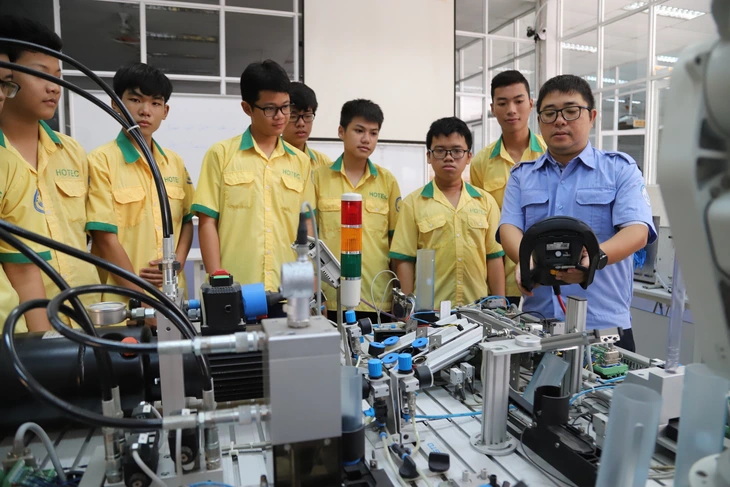
The Association of Vietnamese Universities and Colleges proposed to adjust the national education system to bring college level training back to university level. In the photo: Students of Ho Chi Minh City College of Economics and Technology during a practice session - Photo: NHU HUNG
The Association of Vietnamese Universities and Colleges has just sent a dispatch to the National Assembly's Committee on Culture and Society and the Ministry of Education and Training proposing adjustments to the national education system from 2026.
Proposal to adjust the nationaleducation system with 3 main points
According to the association, the current national education system framework still exists, in which the division of students after junior high school and high school is not really effective; the vocational training system is not compatible with the 2018 general education program.
The leader of the Association of Vietnamese Universities and Colleges said that based on the reference framework of the national education system of countries with developed education in the world and inheriting the advantages and stability of the current framework of the national education system, while at the same time being suitable to the practicality of Vietnam, the association proposed to adjust the current national education system with 3 main points.
- Regulations on vocational education are vocational education, a training field along with general education and university education, which can be linked to corresponding and appropriate levels.
- Add vocational high school type to the current high school type.
- Bring college training back to university level and keep the current vocational college level.
Continuous connectivity throughout the system between levels and types of training
The association's representative said: "The proposed adjustments as above demonstrate the interconnectivity throughout the entire system between education levels and training types, especially the open, flexible, and adaptable interconnectivity between general education, vocational education and university education, contributing to creating high-quality human resources... At the same time, meeting the socio-economic development of our country in the new era."
According to the association, adjusting vocational education as a training field parallel to the levels of education in accordance with UNESCO's international classification of education is convenient for conversion and connection between levels and types of training in the national education system.
Adding vocational high schools to current high schools to be able to stream within high school level helps students have choices suitable to their abilities at each stage of development.
With vocational high schools, students only have to learn basic, compulsory theoretical knowledge of the current high school level and supplement the learning content of occupations according to the characteristics of the region, thereby helping students participate in the labor market right after graduating from high school, meeting the demand for technical labor in the locality.
Bringing college training back into the university education system and clearly distinguishing between college and vocational college training, in line with international practices, helps training institutions organize training more conveniently, creating a flexible and interconnected education system that meets the needs of learners.
The framework diagram of the new national education system as proposed by the association includes 3 levels of education (preschool education, general education, university education); vocational education; and continuing education.
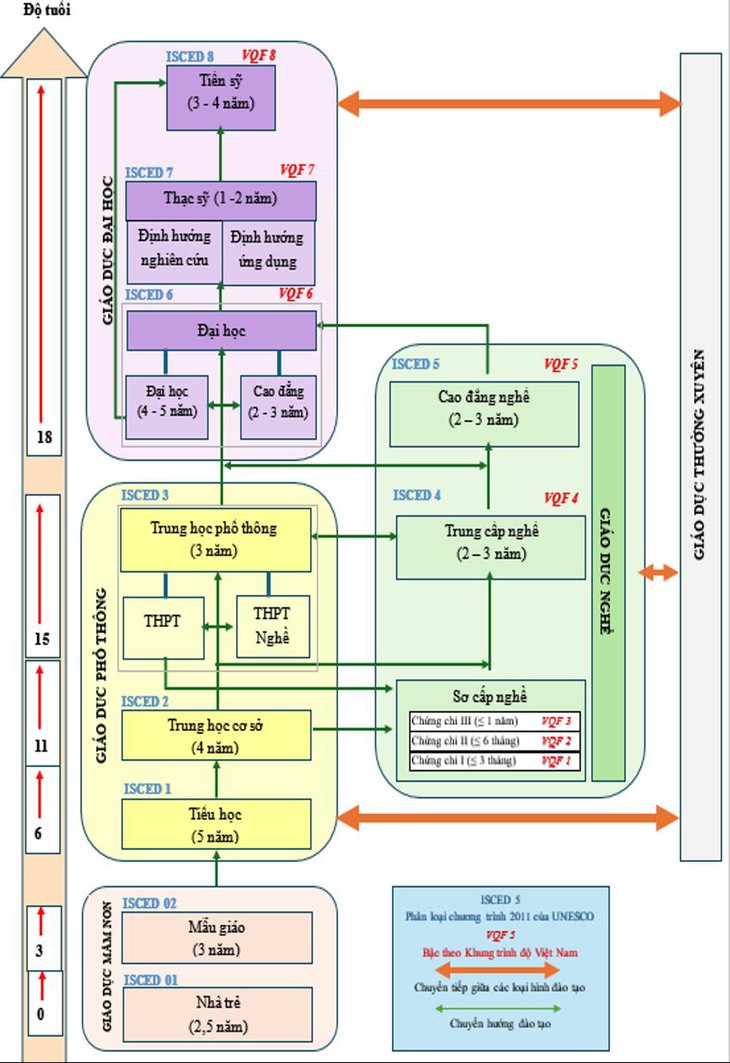
Diagram of the model structure of Vietnam's national education system from 2026 as proposed by the Association of Vietnamese Universities and Colleges
According to the association, the new proposed adjustment has connectivity in the vocational education system, allowing learners to improve their training level according to the roadmap from elementary → intermediate → college → university. It is necessary to issue specific regulations on connectivity of certificates and modules in the national education system.
"This is an important mechanism to promote lifelong learning, improve the quality of human resources and create favorable conditions for learners to develop their careers.
Interoperability ensures that there are many types of training and is very flexible at all levels and types of training, helping to effectively streamline according to the needs of learners, families and society," the association analyzed.
Source: https://tuoitre.vn/hiep-hoi-cac-truong-dai-hoc-cao-dang-de-xuat-dieu-chinh-he-thong-giao-duc-quoc-dan-20250529144201873.htm


![[Photo] General Secretary To Lam receives Chief of the Central Office of the Lao People's Revolutionary Party](https://vphoto.vietnam.vn/thumb/1200x675/vietnam/resource/IMAGE/2025/5/30/140435f4b39d4599a3d17975dfb444c5)



![[Photo] National Conference "100 years of Vietnamese Revolutionary Press accompanying the glorious cause of the Party and the nation"](https://vphoto.vietnam.vn/thumb/1200x675/vietnam/resource/IMAGE/2025/5/30/1cf6cd5c8a934ebfa347028dcb08358c)




















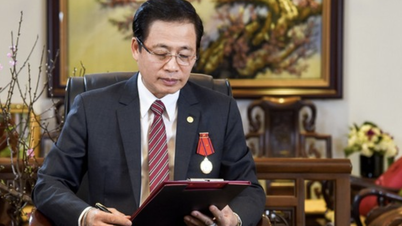
![[Photo] Journalists moved to tears at the Memorial Service for the soldiers who died in Gac Ma](https://vphoto.vietnam.vn/thumb/1200x675/vietnam/resource/IMAGE/2025/5/30/9454613a55c54c16bf8c0efa51883456)



































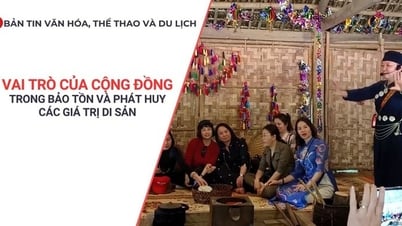







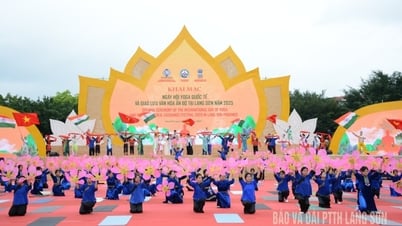




















Comment (0)